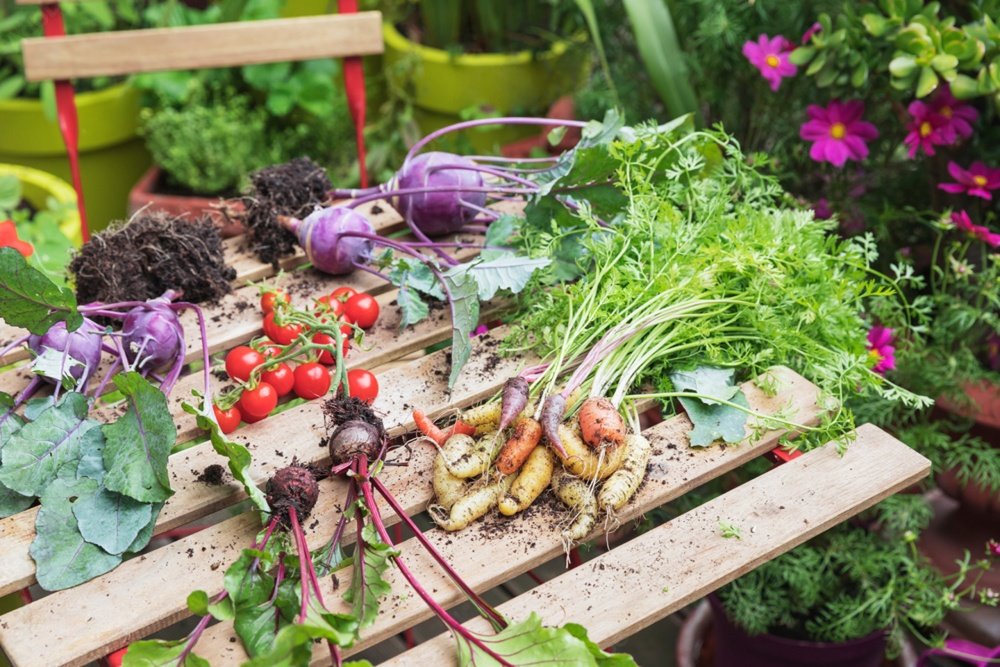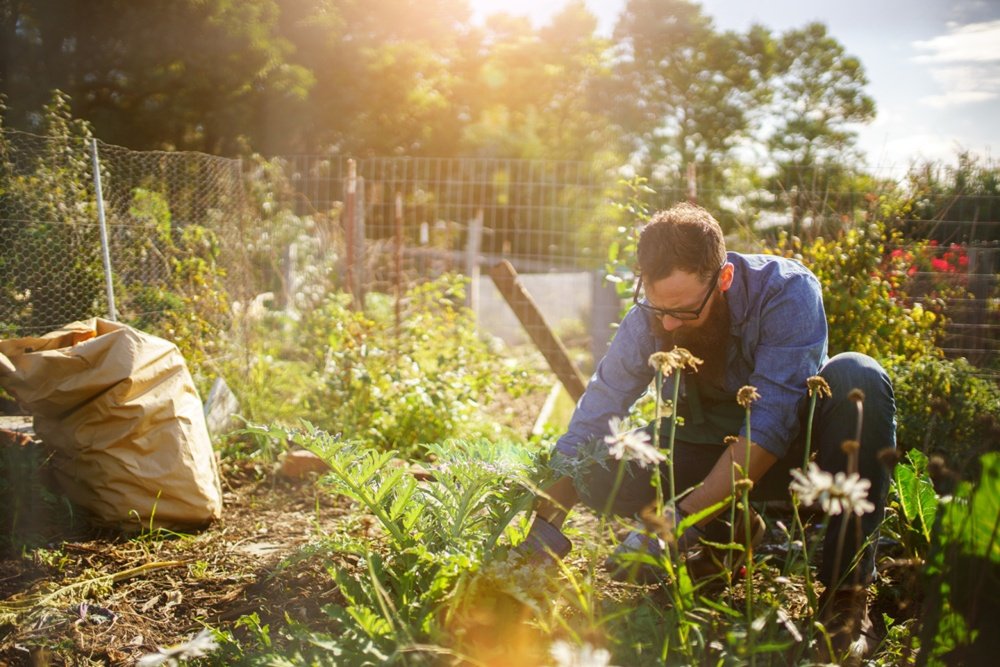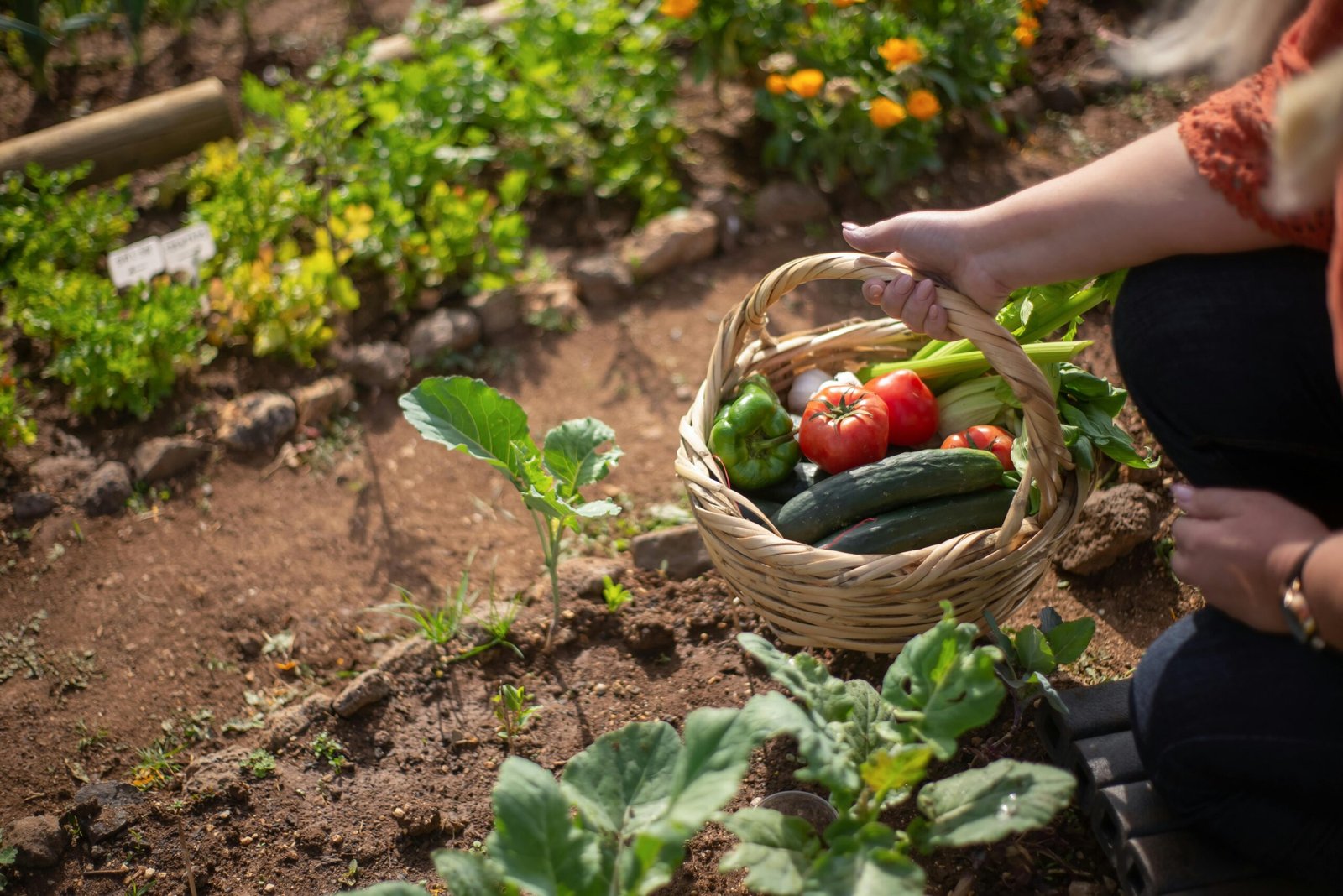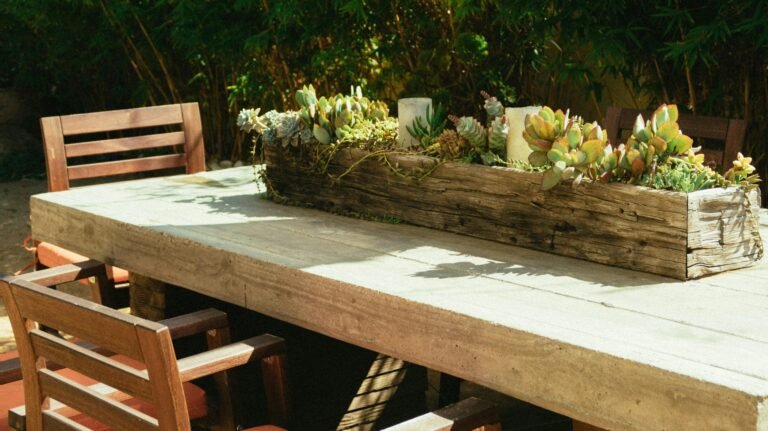You’ve mapped out your garden, bought your seeds, maybe even binge-watched a few “how to grow your own veg” videos. But there’s still this one question hovering in your mind: What should I plant next to what?
If you’re feeling unsure, you’re not alone. Companion planting sounds like one of those things you should know if you want a thriving garden — but the information online can feel either too vague or far too complicated.
Here’s the deal: companion planting isn’t some magical gardening hack, but it can absolutely make a difference. Think fewer pests, better yields, and tastier crops all from simply knowing which plants like to share a bed, and which ones prefer their space. In my own balcony garden, I noticed how basil really did improve tomato growth. The leaves looked healthier and pests stayed away.
I’ve pulled together the best, most reliable pairings (plus some ones to avoid), so you don’t have to decode old gardening folklore or memorise elaborate charts. Whether you’ve got a sprawling garden or a few pots on your balcony, you’ll walk away from this guide with clear, easy-to-follow tips to grow a healthier, more productive garden. In this practical companion planting guide, you’ll find the easiest pairings to get started.
1. What Is Companion Planting (and Why It Matters)
Any reliable companion planting guide begins with understanding the basics. Companion planting is the idea that certain plants grow better when they’re near specific neighbours — whether it’s because they deter pests, improve each other’s flavour, or help with nutrients and growth.
Think of it like the garden version of good chemistry. Some plants just get along.
For example, basil planted next to tomatoes can help repel pests and might even boost the flavour of your tomatoes. Marigolds can protect almost everything from soil pests and aphids. Beans pull nitrogen from the air and “fix” it into the soil, feeding hungry neighbours like corn or squash.
The benefits can include:
- Natural pest control – using scent, flowers, or trap cropping.
- Better growth – some plants enhance root health or soil nutrients.
- Efficient space use – taller plants shading smaller, sun-sensitive ones.
- Improved pollination – flowers that attract bees and beneficial insects.
Research from the University of Minnesota Extension on companion planting in home gardens confirms many of these observed benefits – especially pest reduction, efficient space use, and better soil health. But here’s the truth: not all companion planting advice is backed by hard science. Some pairings come from generations of gardeners observing what works. That doesn’t make them useless — it just means you don’t need to treat it like an exact science.
The bottom line? You don’t need to get everything perfect. Even applying a few solid companion planting ideas can lead to a healthier garden, fewer pests, and better results.
Not sure when to sow each companion? Use our Seasonal Garden Planning: What to Do in Every Season to time your pairings for maximum impact.
2. Top Companion Planting Combos That Actually Work
You don’t need a degree in horticulture to start pairing plants well. Below are some tried-and-true combinations — simple, practical, and great for boosting yields or cutting down on pests.

🥫 Tomato + Basil + Marigold
- Why it works: Basil helps deter aphids, whiteflies, and tomato hornworms — plus, it’s said to enhance tomato flavour. Marigolds repel nematodes and add colour. The RHS companion planting article also notes that French marigolds (Tagetes) help deter whitefly and thrips on tomatoes, and that mixing plants can reduce pest pressure.
- Bonus tip: Keep marigolds around the edges and basil closer to the tomato stems. When I tried this trio, I barely saw aphids compared to the year before.
🌽 Corn + Beans + Squash (a.k.a. The Three Sisters)
- Why it works: This ancient Native American combo works symbiotically — corn provides a structure for beans to climb, beans fix nitrogen into the soil, and squash sprawls across the ground, suppressing weeds and keeping the soil moist.
- Bonus tip: Use bush squash in small spaces if vining varieties take over. I grew the Three Sisters in a raised bed, and the way the squash kept weeds down was a game changer.
🥕 Carrot + Onion
- Why it works: Onions repel carrot fly, while carrots discourage onion fly. It’s a mutual pest defence plan.
- Bonus tip: Interplant these in alternating rows or zigzags to maximise coverage.
🥦 Cabbage Family + Dill or Nasturtiums
- Why it works: Dill attracts parasitic wasps that prey on cabbage worms. Nasturtiums lure aphids away and attract pollinators.
- Bonus tip: Keep dill a little distance from tomatoes — they don’t mix well.
🥔 Potatoes + Horseradish
- Why it works: Horseradish repels potato beetles and boosts resistance to disease.
- Bonus tip: Don’t plant horseradish in the middle of your potato bed — it’s invasive. One corner is enough.
🥬 Lettuce + Radish + Chives
- Why it works: Radishes help loosen the soil early in the season. Chives deter aphids. Lettuce benefits from both.
- Bonus tip: These grow quickly and work great in containers or window boxes.
🌸 Flowers That Play Nice Everywhere
- Marigolds: Deterrent for aphids, nematodes, and whiteflies. Almost universal.
- Calendula (Pot Marigold): Attracts pollinators and acts as a trap crop for aphids.
- Borage: Attracts bees, improves strawberries and tomatoes, and it’s edible.
3. What Not to Plant Together
Just like some plants are great companions, others are better kept apart. Whether it’s due to competition for nutrients, conflicting growth habits, or attracting the same pests, some combos just don’t play nice.
Here are some pairings to avoid:
❌ Tomatoes + Brassicas (Cabbage, Broccoli, Kale, etc.)
- Why not? They compete for nutrients and space. Brassicas can stunt tomato growth.
- Better idea: Plant tomatoes with basil or marigolds instead.
❌ Beans + Onions (or Garlic)
- Why not? Onions release substances that inhibit the growth of beans and peas.
- Better idea: Pair beans with corn or cucumbers instead.
❌ Carrots + Dill or Fennel
- Why not? Dill and fennel are in the same family and can cross-pollinate. Dill can also reduce carrot yields.
- Better idea: Plant carrots with onions, chives, or lettuce.
❌ Potatoes + Tomatoes
- Why not? They’re both in the nightshade family and attract similar pests and diseases, especially blight.
- Better idea: Give potatoes their own patch — try pairing them with horseradish.
❌ Cucumber + Sage
- Why not? Sage is too strong-scented and can inhibit cucumber growth.
- Better idea: Let cucumbers climb up near beans or sunflowers instead.
❌ Fennel + Pretty Much Anything
- Why not? Fennel has a reputation for being a bad neighbour. It can inhibit the growth of many plants.
- Better idea: Grow fennel in its own container or section, away from everything else.
Avoiding these mismatches helps prevent issues before they start. It’s not about perfection — just giving your plants the best shot at thriving.
4. Tips for Applying Companion Planting in Small Spaces
Don’t have a big garden? No problem. Companion planting works just as well — sometimes better — in small spaces, containers, or raised beds. You just need to be a bit more intentional with your layout.

Here’s how to make it work:
🪴 Use Vertical Space
- Grow tall plants like tomatoes, pole beans, or cucumbers upwards using trellises or cages.
- Underneath, tuck in smaller companions like basil, lettuce, or radishes that appreciate a bit of shade. In my container garden, layering lettuce under trellised cucumbers saved me space and gave me crisp lettuce all summer.
🧱 Interplant in Layers
Think in tiers — tall, medium, low.
- Example: Corn (tall) + beans (climbers) + squash (ground cover).
- You maximise space, reduce weeds, and support healthy soil moisture.
🌿 Group by Purpose
Even in containers, you can group plants with shared goals.
- Pest control: Basil and chives with tomatoes.
- Pollinator magnets: Nasturtiums or calendula in the middle of mixed containers.
- Soil fixers: Mix in peas or beans with leafy greens.
The USDA People’s Garden guidance on cover crops and crop rotation emphasizes diverse planting to improve soil health, suppress weeds, and attract beneficial insects. Even in home gardens.
🚫 Avoid Overcrowding
Companion planting isn’t about stuffing more in — it’s about smarter pairing. Make sure airflow isn’t blocked, especially in containers where plants compete for every drop of water and inch of soil.
📏 Try Square Foot Gardening
This method divides a raised bed into square-foot sections, making it easy to plan combos and avoid problem pairings.
- One square: 1 tomato plant + 1 basil plant.
- Another: 4 lettuces + 4 radishes.
No matter your space, companion planting can bring structure, beauty, and better results to your setup — without needing extra room. Want an easy layout for tidy, productive combos? Start with Raised Bed Gardening 101: Easy Steps to Build, Fill, and Plant Your First Raised Bed and map your companions square by square.
5. Final Takeaway: Don’t Stress, Just Start
Use this companion planting guide as a foundation, then adapt it to your own garden. Companion planting isn’t about perfection. It’s about giving your plants a natural leg-up — using smart pairings to grow stronger, fight pests, and produce more. You don’t need to memorise every combination or worry about getting it exactly right.
Start simple. Pick a few proven pairs that suit what you’re growing. Watch how they do. Adjust next season.
The truth is, gardens are messy, living things — and companion planting is less about following rigid rules and more about learning what thrives in your space. Whether you’ve got a few pots on a balcony or a packed raised bed, small choices can make a big difference. Even after a few failed pairings, I found companion planting made gardening less stressful and more rewarding.
So go on — pair up a few plants, give it a go, and enjoy the process. Your garden will thank you.
FAQ: Companion Planting Guide
Alex is the creator of Homely Haven, a space dedicated to simple, stylish ideas for interiors and gardens alike. With a passion for cozy living rooms, inviting outdoor spaces, and practical DIY solutions, Alex shares tips and guides that help turn any house into a true home.
From budget-friendly decorating hacks to weekend garden projects, the goal is always the same: to inspire you to create spaces that feel personal, beautiful, and welcoming. When not writing, Alex is usually rearranging furniture, sketching new garden layouts, or exploring design trends for the next project.








